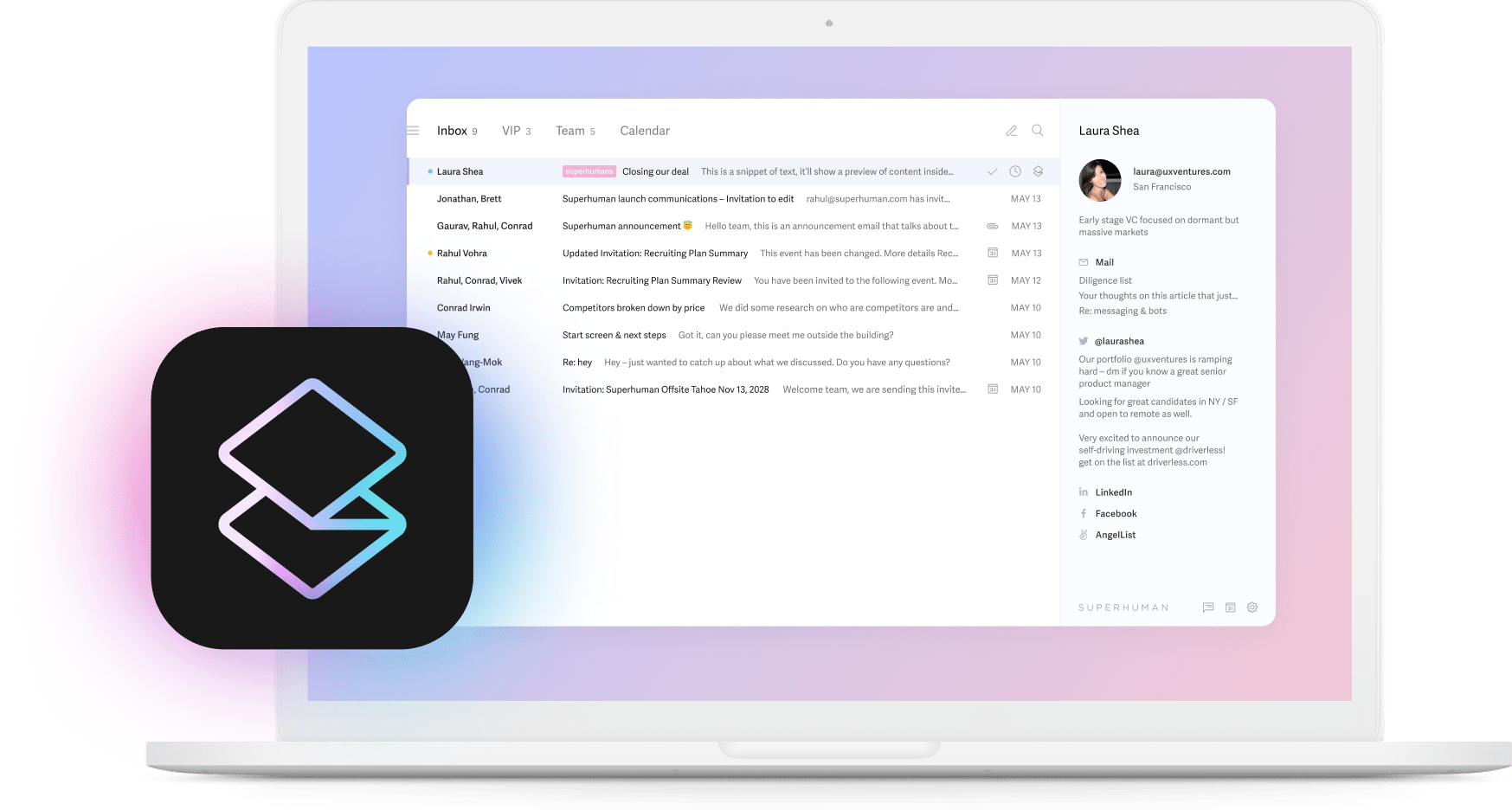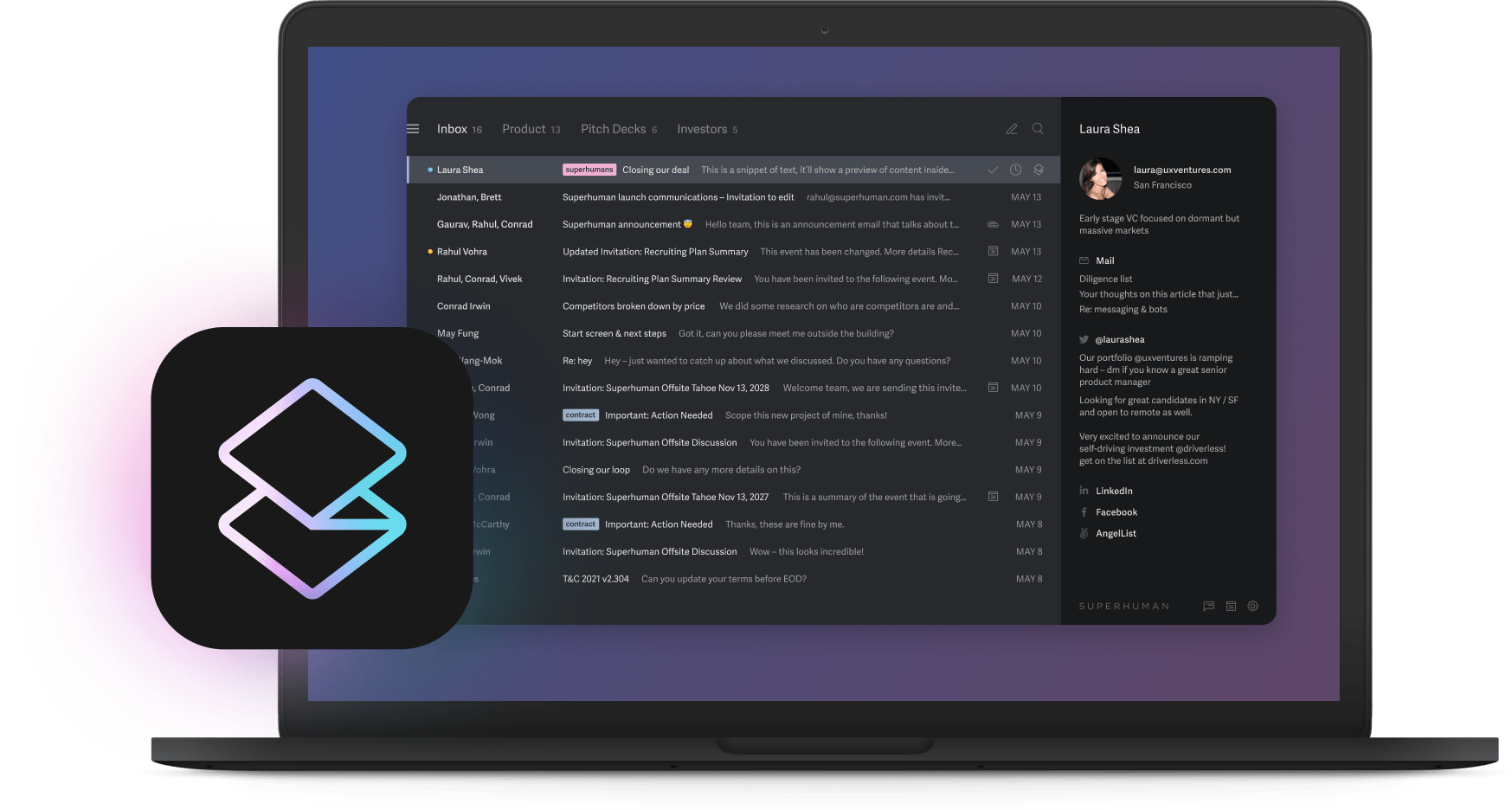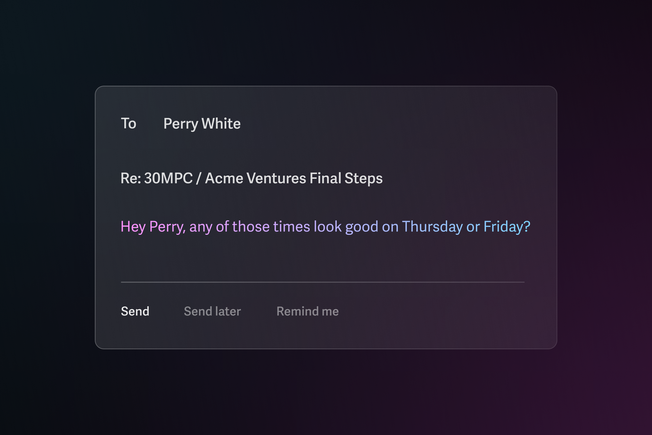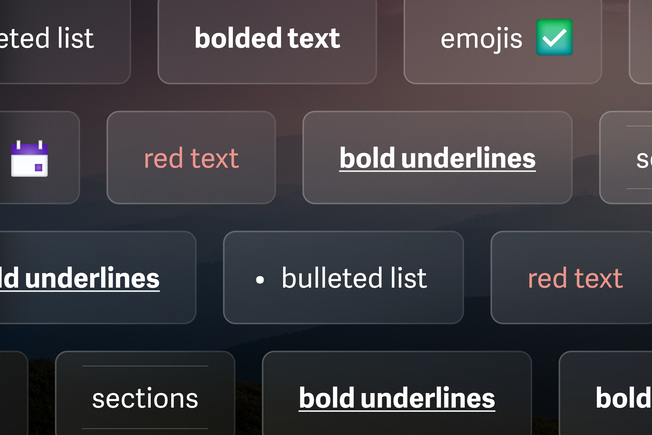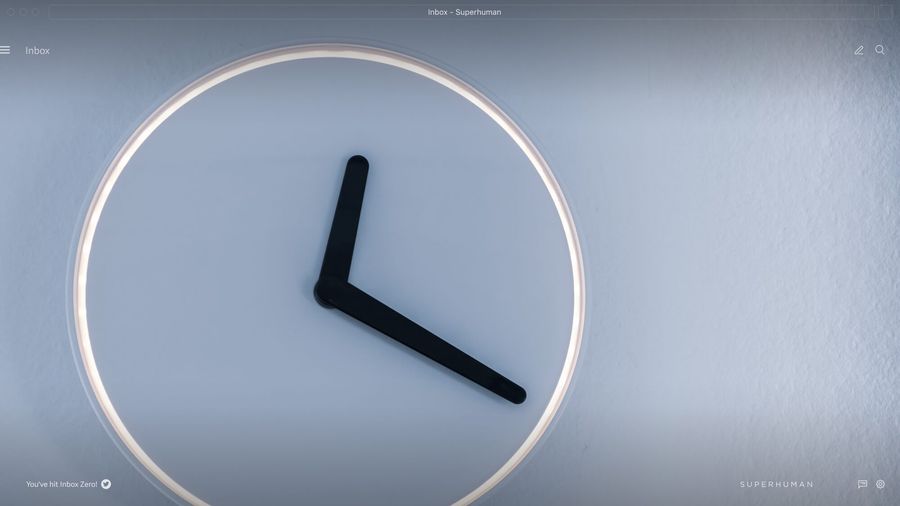
Finding the best time to send emails can mean the difference between your message being opened or buried under dozens of competing messages. Research analyzing billions of emails reveals that Tuesday and Wednesday mornings between 9-11 AM deliver the highest engagement.
This guide breaks down the optimal send times by day, hour, and industry, with actionable strategies to help you reach recipients when they're most likely to engage.
Key findings at a glance
Based on analysis of billions of emails across major platforms:
What is email send time optimization?
Email send time optimization is the practice of scheduling email delivery to maximize the likelihood that recipients will open, read, and act on your message. Rather than sending emails whenever convenient for the sender, optimization involves analyzing recipient behavior patterns, timezone considerations, and industry-specific engagement data to identify windows when subscribers are most receptive.
Modern send time optimization combines historical engagement data with predictive analytics. The goal is straightforward: deliver emails when recipients have both the time and inclination to engage, rather than when messages will be buried under competing inbox clutter.
What is the best day to send emails?
Tuesday and Wednesday consistently deliver the highest open rates and click-through rates for B2B emails. Analysis from Constant Contact shows Tuesday achieves the highest click-through rate at 2.4%, while Monday generates the highest open rate at 22.0%.
The DMA Email Benchmarking Report identifies Tuesday and Wednesday as optimal days for B2B opens and clicks. This mid-week preference aligns with professional work patterns when decision-makers have settled into their weekly routines but haven't yet entered end-of-week wind-down mode.
Best days to send emails:
- Tuesday: highest click-through rate (2.4%)
- Wednesday: strong performance for B2B opens and clicks
- Monday: highest overall open rate (22.0%)
Days to approach strategically:
- Thursday: solid performance, though slightly below Tuesday/Wednesday
- Friday: better for B2C than B2B audiences
- Weekend: lower volume means less competition, but engagement varies significantly by industry
What is the best time of day to send emails?
Research analyzing billions of emails reveals varied optimal windows depending on your goals and audience type.
Mailgun research identifies 9-10 AM as the primary engagement window, with Brevo data confirming 10:00 AM as the first daily engagement peak and 3:30 PM as the second major peak.
Primary engagement windows:
- 9-10 AM: Primary peak for morning engagement
- 2-4 PM: Secondary afternoon engagement window
- 8-11 PM: Optimal for B2B cold emails specifically
A counterintuitive finding for B2B sales emails: Analysis of 16.5 million B2B cold emails across 93 business domains found that emails sent between 8-11 PM achieved the highest reply rates at 6.52%. This substantially outperformed traditional business-hour sends for cold outreach campaigns.
Best time to send emails by day of the week
Understanding optimal timing for each specific day helps you plan campaigns with precision.
Monday
The optimal window is 9-10 AM when professionals review their inbox before diving into meetings. Monday shows the highest overall open rate at 22%, making it strong for important announcements. Avoid very early morning sends (before 8 AM) as messages may get buried under weekend accumulation.
Tuesday
Tuesday represents the strongest overall day for email engagement with the optimal window at 10 AM to 12 PM and a secondary peak around 2-3 PM. Tuesday achieves the highest click-through rates across platforms, making it ideal for emails requiring action.
Wednesday
Wednesday performs similarly to Tuesday with optimal windows at 9-11 AM and 2-4 PM. Mid-week timing catches recipients in steady work mode before end-of-week distractions begin. Wednesday works particularly well for follow-up emails and nurture sequences.
Thursday
The optimal window shifts slightly later to 10 AM to 12 PM and 3-5 PM. For B2B audiences, Thursday often catches decision-makers finalizing weekly priorities, making it effective for proposals and closing communications.
Friday
The optimal window is 9-11 AM, as engagement drops significantly after lunch. Friday can work well for B2C audiences and lighter content. Avoid Friday afternoons for anything requiring immediate action.
Weekend
Saturday shows the lowest overall engagement with click-through rates falling to 1.4%. If you send on Saturday, 9-10 AM performs best. Sunday evening from 5-8 PM shows stronger engagement as recipients prepare for the coming week. Avoid weekend sends for B2B communications.
Best time to send emails by industry
Email timing optimization differs fundamentally between industries due to distinct recipient behaviors and work schedules.
B2B and professional services
B2B emails achieve the highest engagement on Tuesday, Wednesday, and Thursday mornings between 9 AM and 11 AM in the recipient's local timezone. For cold outreach campaigns specifically, evening sends between 8-11 PM achieve substantially higher reply rates, challenging conventional wisdom about B2B timing.
Technology sector
The technology industry demonstrates a notable timing deviation. Research from Brevo shows that marketing services and tech-adjacent sectors see engagement building throughout the day with peaks in late afternoon. Tech professionals are often heads-down in coding or project work during morning hours, but review communications as they wrap up their workday.
SaaS and software companies
MailerLite's 2025 benchmark data shows software and web apps achieve 39.31% open rates and 1.15% click rates. While SaaS companies have lower CTR than general B2B services, their audiences tend to be highly engaged when they do open. Optimal timing follows general B2B patterns with particular strength in the Tuesday-Thursday, 9-11 AM window.
B2C and retail
B2C audiences show higher engagement during personal leisure time: Thursday and Friday afternoons between 3 PM and 7 PM, as well as weekend mornings when they're relaxed and receptive to purchasing decisions. For promotional emails and sales campaigns, timing around payday cycles (typically 1st and 15th of month) can boost conversion rates.
E-commerce
E-commerce timing should align with shopping behavior patterns. Peak engagement occurs Tuesday through Thursday evenings (6-9 PM) when consumers browse after work, and Sunday afternoons during leisure browsing time. Cart abandonment emails perform best when sent within 1-3 hours of abandonment, regardless of day or time.
Worst times to send emails
Understanding when not to send is equally valuable for optimization.
Worst days to send emails
Saturday consistently shows the lowest email performance across industries with click-through rates of just 1.4%. Sunday performs slightly better at 1.7% CTR but still substantially underperforms weekdays for B2B communications. Reserve weekend sends for specific B2C use cases where your audience has demonstrated weekend engagement.
Worst times of day to send emails
Late-night hours from 10 PM to 5 AM show the poorest performance across all segments. Emails sent during these hours face several disadvantages: recipients are asleep, messages get buried under overnight accumulation, and the delay between send and open reduces relevance.
Friday afternoons after 2 PM also underperform significantly, as recipients have mentally transitioned to weekend mode and are unlikely to take action on marketing messages.
Times to avoid by audience type
- B2B audiences: Avoid Monday before 8 AM (inbox overwhelm), Friday after 1 PM (weekend mode), and all weekend sends
- B2C audiences: Avoid early morning sends before 8 AM and late-night sends after 10 PM
- Global audiences: Always schedule based on recipient timezone rather than sender timezone
Mobile vs desktop: How device usage affects timing
Understanding device preferences helps refine your timing strategy. Apple Mail clients account for 46.21% of all email opens, while mobile devices drive over 55% of total opens.
Here's the strategic insight: while mobile devices drive volume in opens, desktop users demonstrate significantly higher engagement and conversion rates. Desktop users show higher click-through rates, spend longer reading emails, and convert at higher rates compared to mobile users, who tend to skim quickly.
Strategic implications:
- For emails requiring deep engagement or conversion, schedule for Tuesday-Thursday, 9-11 AM when recipients are more likely to be at desktops
- For awareness and top-of-funnel content, broader timing windows work since mobile opens still build brand recognition
- Ensure responsive email design regardless of timing, as recipients may open on mobile and revisit on desktop
AI-native send time optimization
The email marketing landscape has evolved dramatically, with AI automation becoming mainstream. 45% of email marketing teams now use AI for personalization tasks, including send time optimization, while 39% specifically use AI to optimize send times.
Modern AI tools analyze individual recipient engagement patterns to predict when each person is most likely to open emails, shifting from generic "best times" to individual-level personalization.
How AI send time optimization works:
- Predictive analytics: Analyzes past engagement times to forecast optimal send windows for individual recipients
- Behavioral pattern recognition: Identifies engagement preferences specific to each subscriber based on historical interactions
- Real-time learning: Continuously refines predictions based on new engagement data
Behavioral trigger emails sent based on specific user actions show 70.5% higher open rates and 152% higher click-through rates compared to standard scheduled emails.
How to find your optimal send time
While industry benchmarks provide a starting point, discovering your specific audience's preferences requires systematic testing.
A/B test your send times
Send two identical campaigns at different times to segments of your list. Test variables one at a time:
- Morning (9-10 AM) vs. afternoon (2-3 PM)
- Tuesday vs. Thursday
- Early week vs. late week
Track open rates, click-through rates, and conversions for each variation. Run tests across multiple sends to account for variability.
Analyze your existing data
Review your email analytics for patterns:
- Which past campaigns achieved the highest engagement?
- What days and times were those campaigns sent?
- Do certain segments show different timing preferences?
Look for patterns across at least 10-20 campaigns before drawing conclusions.
Segment by timezone
For audiences spanning multiple time zones, segment your list and schedule sends to arrive at optimal local times. An email arriving at 9 AM Pacific is 12 PM Eastern, potentially missing the morning engagement window for East Coast recipients.
Account for audience behavior
Consider your specific audience's work patterns:
- Healthcare professionals may check email before early shifts (6-7 AM)
- Executives may review email during commutes (7-8 AM, 5-6 PM)
- Entrepreneurs may engage outside traditional business hours
- Parents may check personal email after children's bedtime (9-10 PM)
Monitor Apple Privacy Protection impact
Apple's Mail Privacy Protection has inflated open rates significantly, making click-through rates (CTR) and click-to-open rates (CTOR) more reliable metrics than open rates for measuring genuine engagement. Prioritize click-based metrics when evaluating timing effectiveness.
Email frequency and timing interaction
Optimal email frequency for B2B sales sequences is 1-2 emails per week, with timing strategies that must adapt based on sequence position. First emails generate approximately 8.4% reply rates while subsequent emails decline progressively.
Strategic framework: Timing precision matters most for your highest-performing emails, which are the first 1-2 touches in any sequence. Reserve premium time slots for initial touchpoints, while subsequent follow-ups can test different timing patterns.
81% of US consumers report unsubscribing from brands that send too many messages, making frequency management as critical as timing optimization.
Global audiences: Timezone considerations
Companies with international audiences face three primary approaches for timezone management.
Manual timezone segmentation
Segment email lists by timezone clusters and send at consistent local times. This approach works best when you have distinct regional audiences with clear geographic boundaries.
For example, create separate sends for:
- US East Coast (EST/EDT)
- US West Coast (PST/PDT)
- UK/Western Europe (GMT/CET)
- Asia-Pacific (various zones)
Automated send time optimization
Modern email platforms use historical engagement data to optimize timing at an individual level. This approach requires sufficient send history and engagement patterns per contact to build accurate predictions.
Hybrid approach
Prioritize the largest or most valuable timezone segment for manual optimization, then use automation for secondary markets. This balances precision with operational simplicity.
Current email marketing benchmarks (2025)
Understanding current performance benchmarks helps evaluate your timing success.
Overall industry benchmarks (MailerLite 2025):
- Average open rate: 43.46%
- Average click rate: 2.09%
- Average click-to-open rate: 6.81%
- Average unsubscribe rate: 0.22%
Key metrics to track:
- Open rate: Recipients who opened your email. Note that Apple Mail Privacy Protection has inflated this metric, making it less reliable as a standalone measure.
- Click-through rate: Recipients who clicked something in your email. More reliable than open rate for measuring engagement.
- Click-to-open rate: Clicks as a percentage of opens. Measures how well your content resonates with those who opened.
- Conversion rate: Actions taken as a result of your email, such as purchases, signups, or downloads.
- Unsubscribe rate: If elevated, may indicate timing fatigue or frequency issues.
Send emails at the perfect time with Superhuman Mail
You now know the optimal send times: Tuesday and Wednesday mornings between 9-11 AM in your recipient's local timezone. You understand that evening sends achieve higher reply rates for cold outreach. You've learned that timing precision matters most for your first touchpoints.
Superhuman Mail is the most productive email app ever made. Teams save 4 hours per person every week, respond 12 hours faster, and handle twice as many emails in the same amount of time.
- Schedule messages to be delivered at optimal times even when you're out of office, ensuring you reach prospects when they're most likely to engage.
- Read receipts show when your emails have been opened, enabling perfectly timed follow-ups.
- Auto Reminders ensure important emails never fall through the cracks. Choose a timeframe, and if you haven't heard back, Superhuman Mail reminds you to follow up.
- Auto Drafts creates follow-up emails automatically if there's no reply by your deadline.
- Superhuman AI analyzes your previous messages and matches your natural tone and voice, helping you draft personalized emails in seconds while maintaining authentic communication.
With Superhuman Mail, finding the best time to send emails becomes effortless. Make email feel good again.
